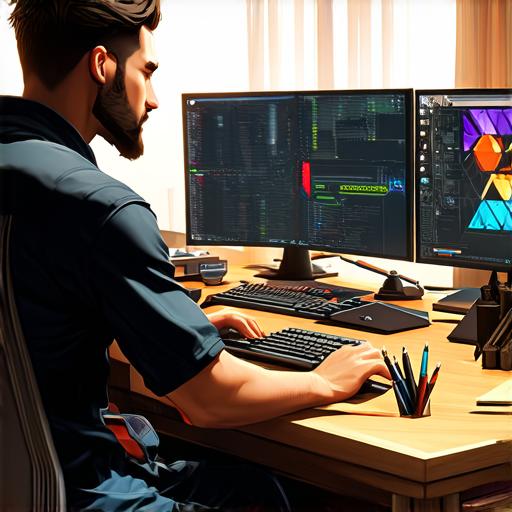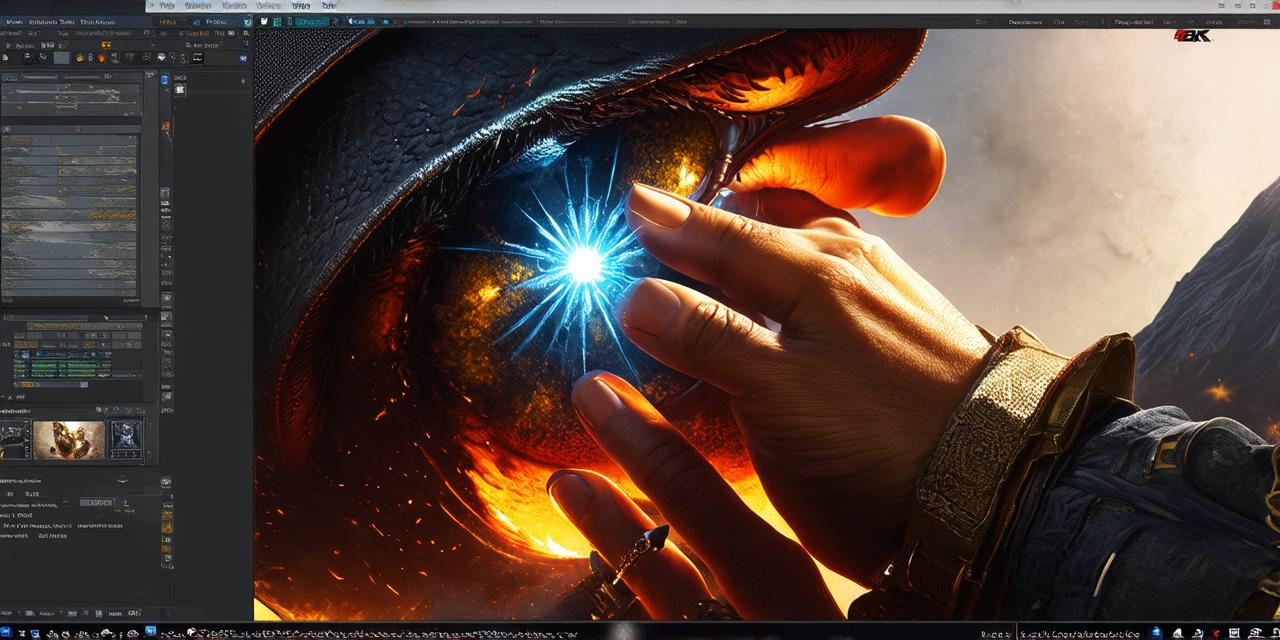If you’re a game developer looking to make your mark in the industry, chances are you’ve considered becoming a video game artist. These creative individuals are responsible for designing and creating the visual elements that bring games to life, including characters, environments, and animations. But how much do video game artists make?
In this comprehensive guide, we will explore the salary ranges and factors that influence the earning potential of video game artists, as well as delve into the different types of roles within this field. We’ll also discuss how to become a video game artist and what skills are necessary for success in this competitive industry.
Let’s Start With the Basics: What is a Video Game Artist?
A video game artist is a professional who creates the visual elements of games, such as characters, environments, and animations. They may work on anything from 2D sprite art to 3D modeling, texturing, and animation. Artists may also be involved in concept development, creating sketches and designs for game ideas.
There are several different types of video game artists, including:
- Character artists
- Environment artists
- Animators
- Concept artists

Now Let’s Talk Salaries: How Much Do Video Game Artists Make?
The salary range for video game artists can vary depending on factors such as experience, location, and type of role. According to Glassdoor, the average base salary for a video game artist in the United States is around $75,000 per year.
However, this number can be higher or lower based on individual circumstances.
In general, entry-level video game artists can expect to earn between $45,000 and $60,000 per year, while more experienced professionals may command salaries in the range of $80,000 to $120,000 or more.
It’s important to note that these are just rough estimates, and actual salaries can vary widely depending on a variety of factors. For example, an artist working on a AAA game may earn significantly more than someone working on a mobile game. Similarly, artists who work in major cities like San Francisco or New York may command higher salaries due to the cost of living in those areas.
Factors That Influence Earning Potential
- Experience
- Location
- Type of Role
- Company Size
Several factors can influence the earning potential of video game artists, including:
Becoming a Video Game Artist: What Skills are Needed?
Becoming a video game artist requires a combination of skills and experience. Here are some of the most important qualities and skills to consider:
- Artistic Talent
- Technical Skills
- Communication Skills
- Problem-Solving Skills
Case Studies: Real-Life Examples of Successful Video Game Artists
To help illustrate the earning potential and skills needed for success in this field, let’s take a look at some real-life examples of successful video game artists.
John Carmack
John Carmack is a legendary figure in the video game industry, best known as the co-founder of id Software and the creator of the Doom series. While he may not be considered a traditional “video game artist,” his contributions to the development of these iconic games have made him one of the most influential figures in the history of gaming.
According to PayScale, the average salary for a software engineer with John Carmack’s level of experience is around $240,000 per year. However, it’s important to note that Carmack’s earnings as an artist are likely significantly higher than this estimate, given his status as a co-founder and pioneer in the industry.
Yusuf Hanig
Yusuf Hanig is another highly successful video game artist who has worked on a variety of popular games, including the Mass Effect series and Anthem. According to Glassdoor, the average base salary for a character artist with Hanig’s level of experience is around $90,000 per year. However, it’s likely that his actual earnings as an artist are significantly higher due to his extensive experience and contributions to the gaming industry.
Becoming a Video Game Artist: How to Get Started
If you’re interested in becoming a video game artist, there are several steps you can take to get started:
- Education
- Portfolio
- Networking
- Internships or Freelance Work
Summary
Becoming a video game artist requires a combination of artistic talent, technical skills, communication abilities, and problem-solving capabilities. With the right education, portfolio, and network, however, it is possible to break into this exciting and rewarding field. Remember that salaries can vary widely depending on factors such as experience, location, type of role, and company size, so it’s important to do your research and set realistic expectations for your earning potential.



